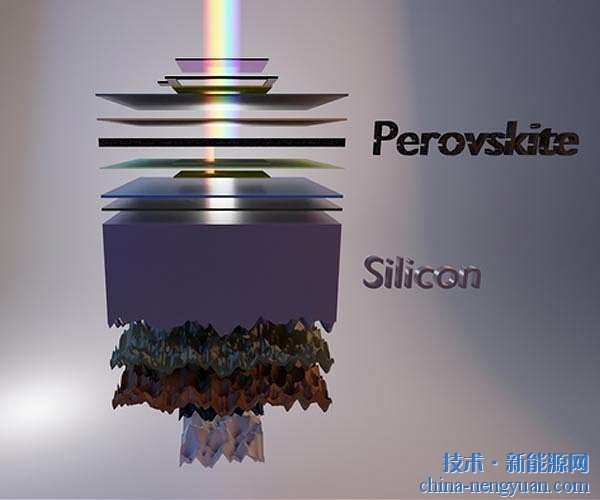China University of Science and Technology proposes a new strategy for the preparation of graphene-based superlattice materials
 |
Growth and synthesis of graphene-based superlattices in space-limited growth and its magnetocaloric effect
Recently, Professor Xie Yi from the University of Science and Technology of China has made significant progress in the development of graphene-based superlattice materials. By employing a space-confined growth approach, the research team successfully synthesized vanadium-oxygen framework-graphene superlattices in solution, achieving a remarkable enhancement in the magnetocaloric effect. The findings were published online in *Nature Communications*.
Superlattice materials have gained considerable attention in recent years due to their unique physical properties, which stem from their special interface electronic structures. However, traditional methods for producing such materials often rely on costly techniques like pulsed laser deposition or molecular beam epitaxy. These processes also involve complex transfer steps, making practical applications more challenging.
Meanwhile, graphene stands out for its exceptional bipolar electronic properties. When combined with other materials, it can act as either an electron donor or acceptor, effectively tuning the electrical characteristics of the system. This makes graphene-based superlattices promising candidates for creating novel materials that cannot be found in conventional systems.
To address these challenges, the research group introduced a novel method using a space-confined growth strategy. They successfully fabricated a perfectly stacked structure consisting of monolayer graphene, monolayer vanadium oxide, and another monolayer of graphene. This design overcomes many limitations of traditionally grown superlattices.
In this material, graphene serves not only as a confined reactor that enables two-dimensional growth of the vanadium-oxygen layer but also as an electron donor. This leads to structural reorganization in the vanadium-oxygen layer, lowering the energy required for forming the highly symmetric vanadium-oxygen skeleton.
The team collaborated with Professor Wei Shiqiang from the National Synchrotron Radiation Laboratory to analyze the superlattice using synchrotron X-ray absorption fine structure spectroscopy. The results revealed a significantly higher symmetry in the vanadium-oxygen layer compared to VO2(B) formed in free space. This enhanced symmetry led to a first-order reversible phase transition, resulting in a noticeable magnetocaloric effect. This phase transition is similar to the symmetry change observed in VO2(M)-VO2(R) transitions.
Thanks to the two-dimensional monodomain structure and the stress induced by the graphene layer, the magnetic entropy change during this transition is much greater than in the standard VO2(M)-VO2(R) phase transition. This discovery opens up exciting possibilities for future applications.
Importantly, this flexible superlattice nanosheet was produced using a low-cost solution-based method, eliminating the need for complicated transfer procedures typically involved in traditional superlattice fabrication. As a result, it holds great potential for integration into various functional devices and could accelerate the practical application of superlattice materials in real-world scenarios.
Solid Carbide End Mill For Stainless Steel
Carbide End Mill for Stainless Steel,Flat Carbide End Mill for Stainless Steel,Coated Carbide End Mill for Stainless Steel
Suzhou Meiwei Cutting Tools LTD , https://www.meiweitools.com